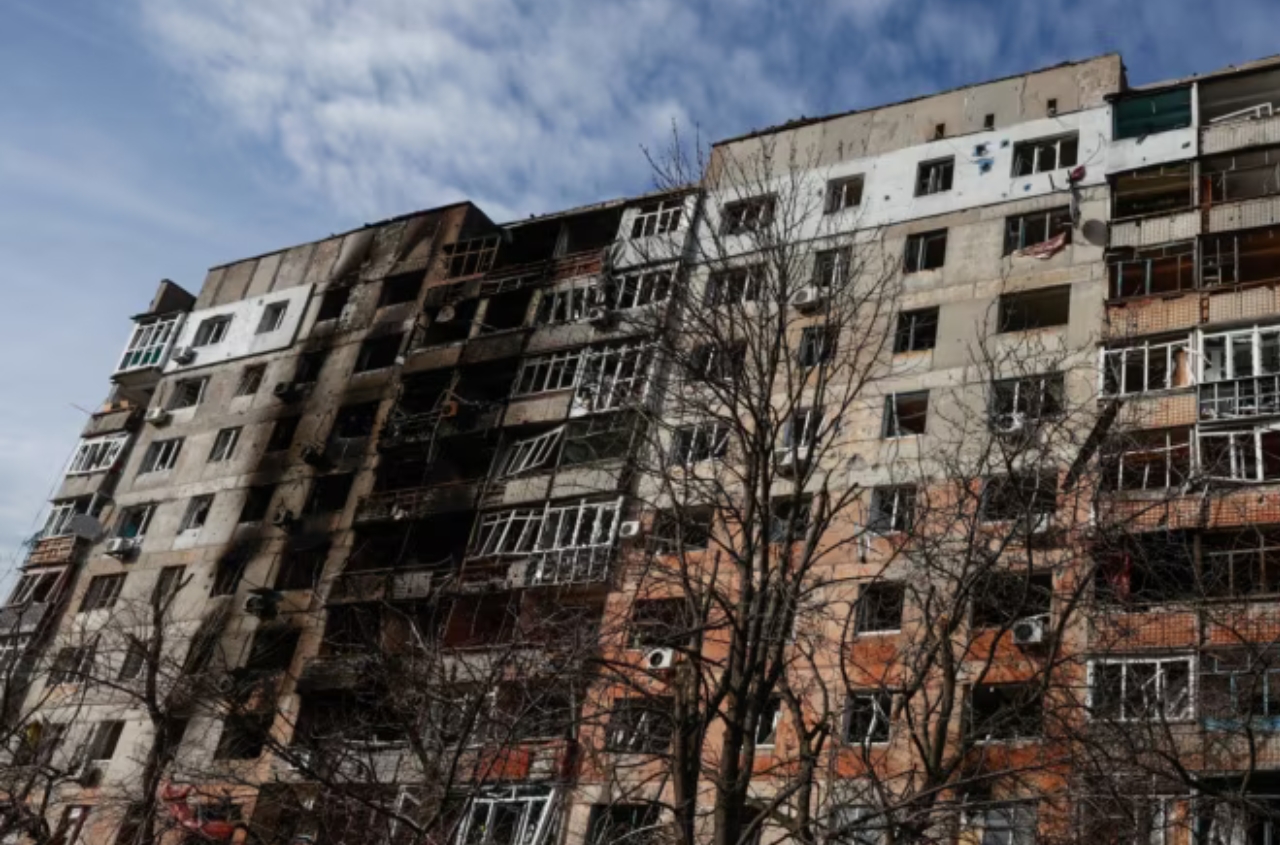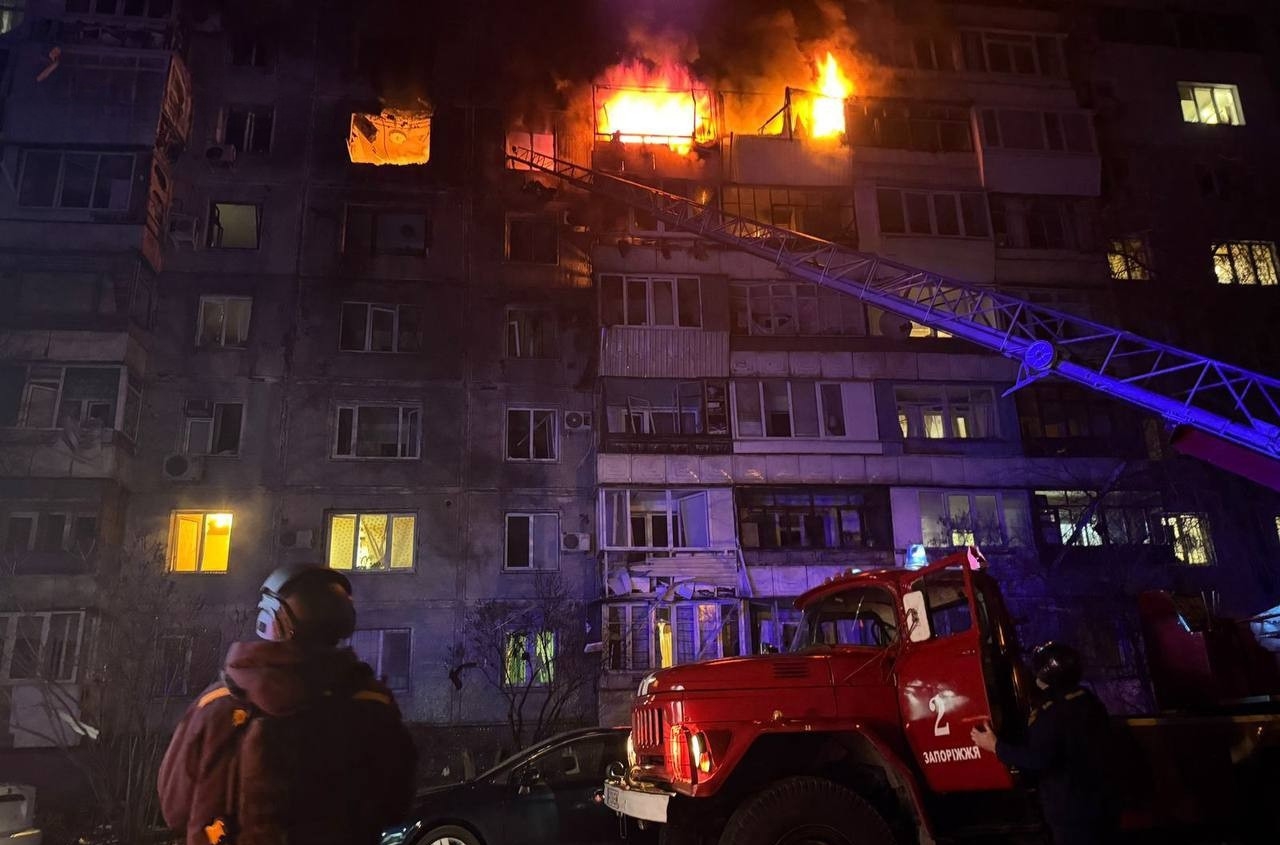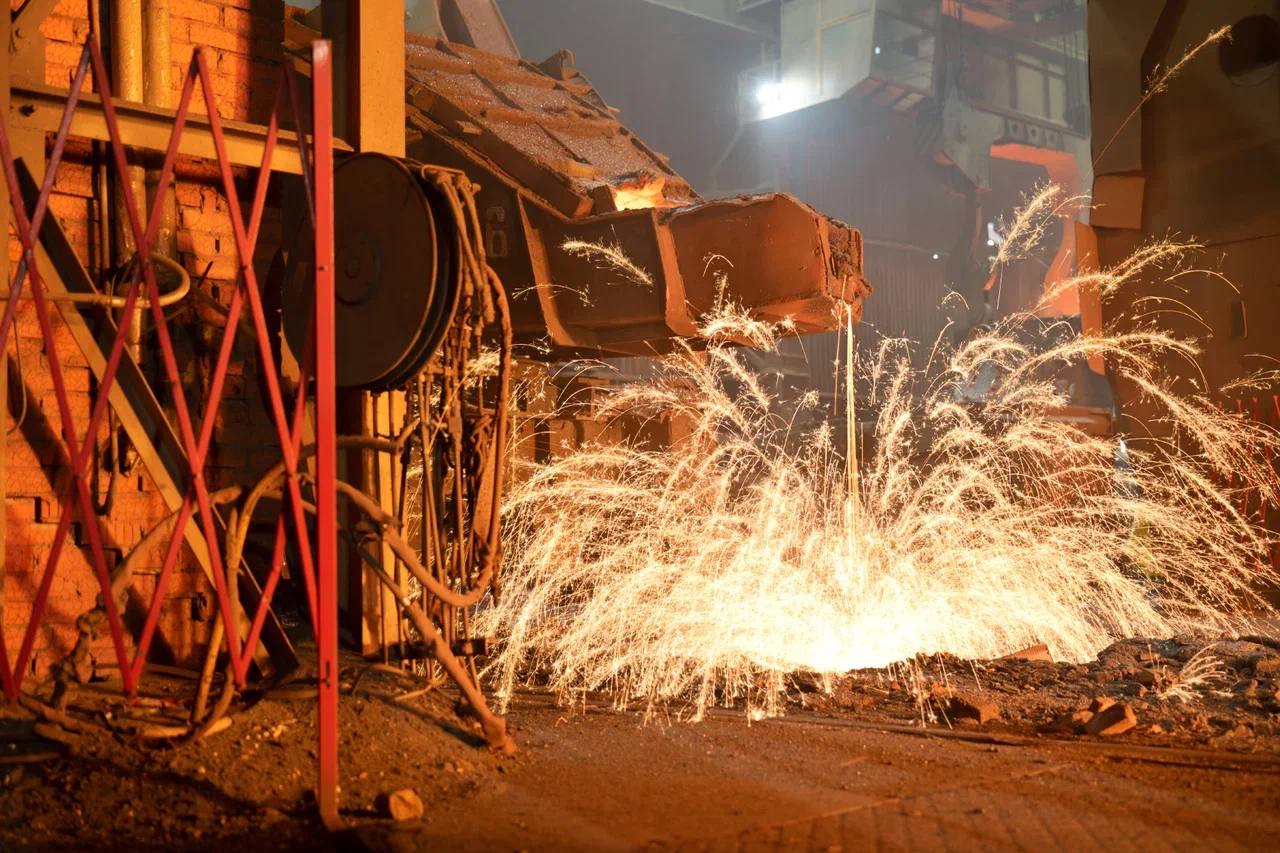The International Atomic Energy Agency (IAEA) team working at the Zaporizhzhia Nuclear Power Plant (ZNPP) has heard explosions at varying distances almost daily over the past week, as well as occasional gunfire.
As reported by the agency on its website on April 16, citing Director General Rafael Mariano Grossi, frequent air raid alerts, regular explosions nearby, and the presence of drones continue to indicate the dangers faced by Ukraine's main nuclear facilities during the war.
“The nuclear safety and security situation in Ukraine remains precarious. This is very clear from the daily reports of our teams on the ground. Military activities are still taking place in the vicinity of nuclear sites, putting their safety at constant risk. Our work to help prevent a nuclear accident is far from over,” Grossi stated.
The IAEA continues to monitor and assess nuclear safety at Ukraine’s five main nuclear facilities, while also providing necessary equipment and other technical assistance, including medical support.
As part of their regular inspections at the ZNPP site, the agency's experts visited the turbine halls of two reactor units, where they were once again denied access to the western parts of the buildings.
Meanwhile, at the South Ukraine Nuclear Power Plant, the IAEA team was informed that five drones had been detected two kilometers west of the facility during the night of April 11–12. The agency’s specialists observed the drones from their residence and heard gunfire.
At the Chornobyl Nuclear Power Plant, the IAEA team visited the New Safe Confinement over the 'Shelter' facility and received updated information about its condition following a drone strike in mid-February, which caused a hole in the structure. Since then, radiation levels around the Chornobyl site have remained normal, with no radioactive releases recorded above established limits.
According to the agency, air raid alerts were heard almost daily at both the South Ukraine and Chornobyl nuclear power plants over the past week.





















